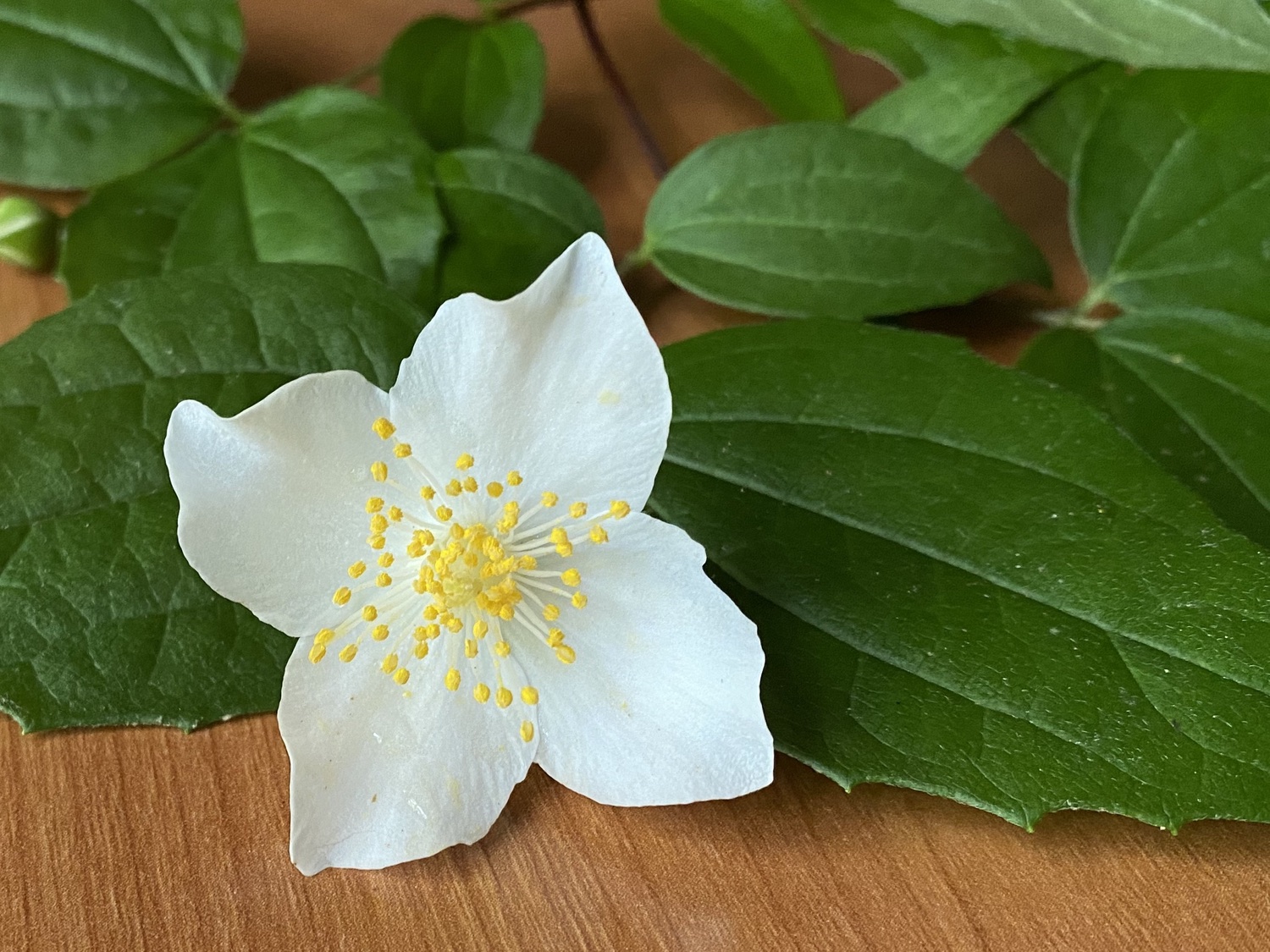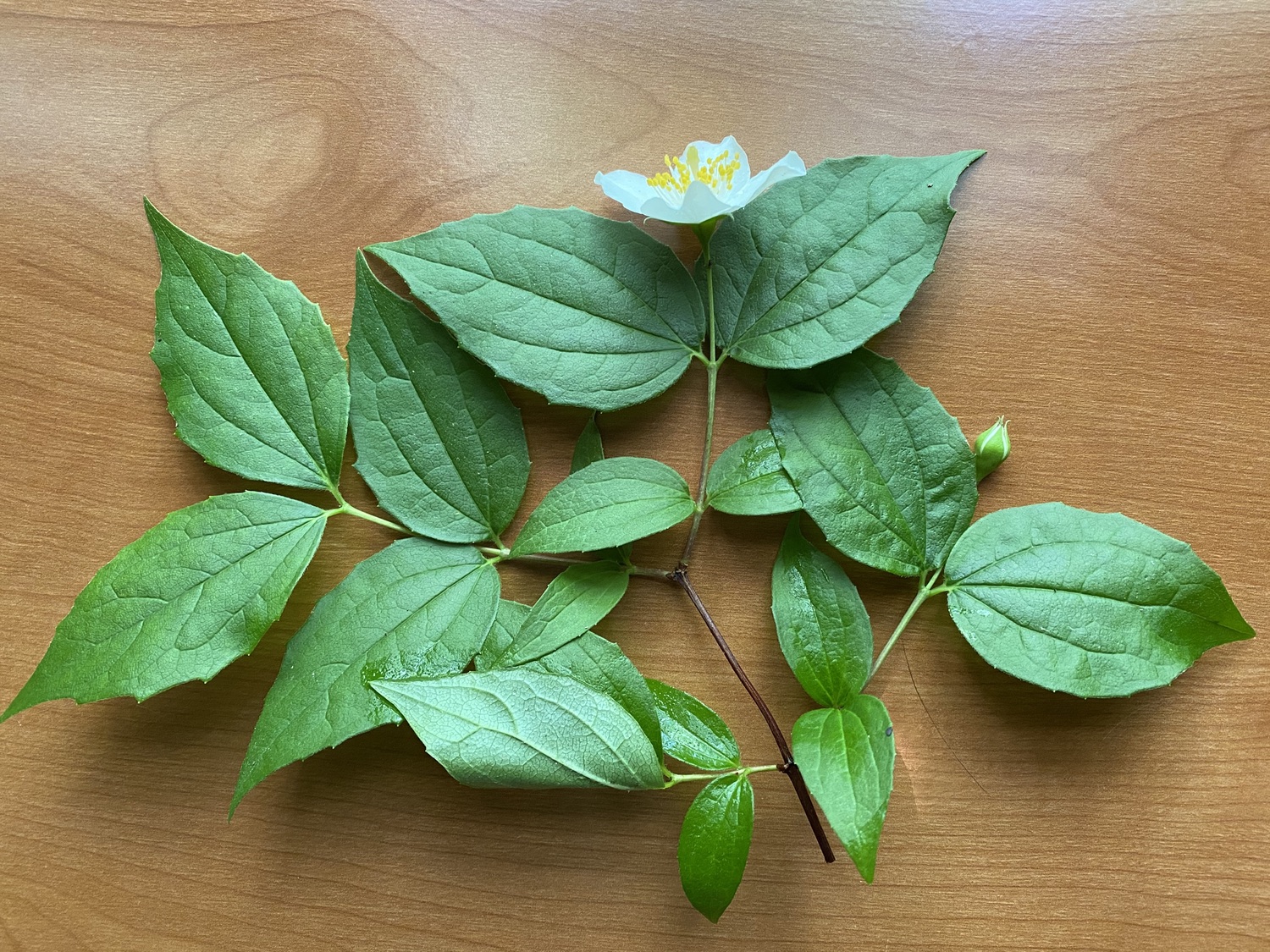A SUNDAY-MORNING PADDLE
4/26/20
Bright blue skies and comfy temperatures make it a perfect time for a paddle down the North Oconee River.
Water levels at the College Street U.S.G.S. gauge were 6.0', making for a fun ride without the butt-scraping over the shoals. I was able to paddle upstream a bit at the beginning, and I made it to the shoals near the end of Spalding Circle on the south bank.
The great thing about a morning paddle is all the wildlife. Carolina Wrens, Northern Cardinals, and White-eyed Vireos filled the air with song, and Blue Jays and Red-bellied Woodpeckers added their notes. I startled several Great Blue Herons, some Canada Geese, and a couple of Belted Kingfishers. Red-shouldered Hawks, Black Vultures, and Turkey Vultures soared overhead. Fish jumped in the river, and a Yellow-bellied Cooter slid off a rock. A dragonfly buzzed by.
Lot of trees, shrubs, and vines flowered along the river, and I frequently circled back for a better look. Mountain Laurel (Kalmia latifolia) was in full bloom, as was Chinese Privet (Ligustrum sinense. Here and there was Crossvine (Bignonia capreolata).
Today brought a new species for me, too: Scentless Mock Orange (Philadelphus inodorus; also called the Appalachian Mock Orange). This 2–3 m tall shrub was growing in several places along the river bank. It is covered with strikingly beautiful white flowers. They are about 3 cm wide, with four petals, numerous (80+) orange-yellow stamens, and a single pale-lemon pistil. The flower has four green sepals that are very finely hairy. I couldn’t detect any scent from the flower. The flowers occur singly. The leaves are opposite, green above, pale green below with white hairs, 7–8 cm long, and elliptical with about 5 teeth per side and prominent veins. The current-year twigs are green and very nearly hairless.


The Virginia Tech Dendrology site indicates that we are very near the edge of the range of the Scentless Mock Orange. It is a member of the Hydrangea Family.